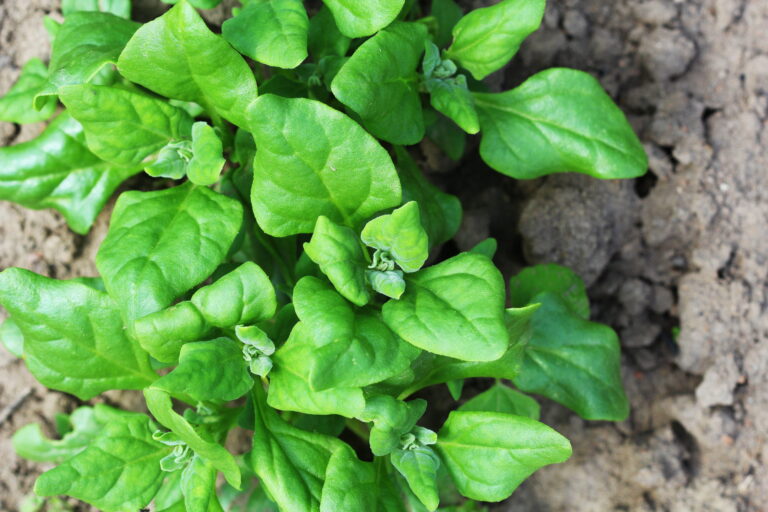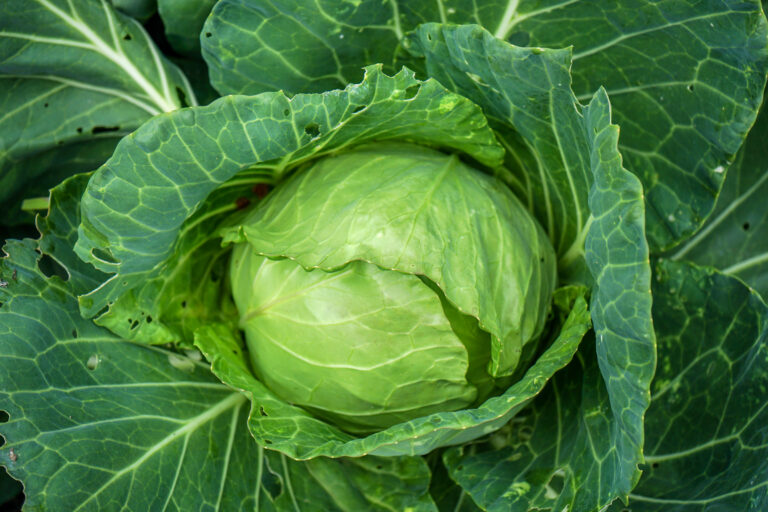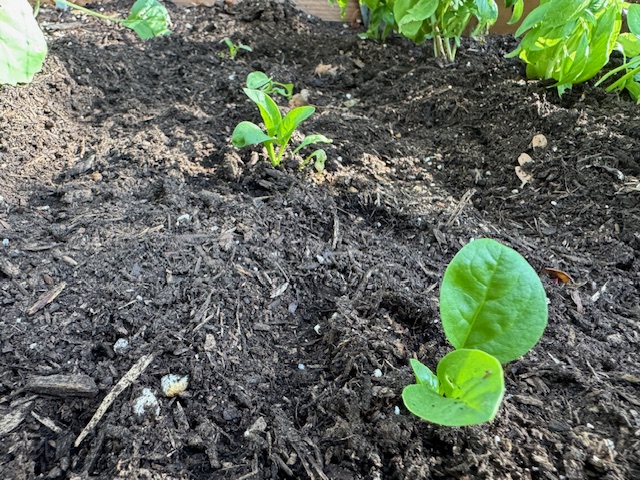Zone-by-Zone Kale Planting Calendar
Kale is one of the most versatile and rewarding greens to grow in the home garden. It thrives in cool weather, tolerates light frosts, and can be harvested for months. Over my 30+ years of gardening in California’s Sonoma Valley, I’ve learned that planting time is key to success—especially if you want a continuous harvest in fall, winter, and spring. This zone-by-zone planting calendar will help you start kale at the right time, no matter where you garden.
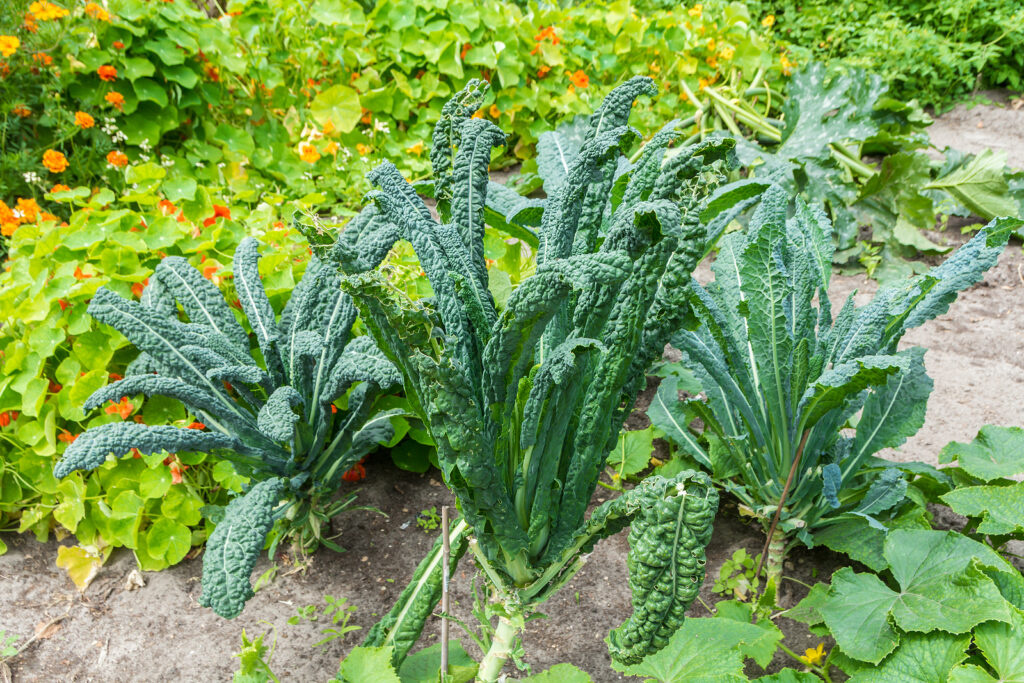
Why Planting Time Matters
Kale germinates best when soil temperatures are between 45°F and 75°F. In my experience, planting too early in warm climates leads to tough, bitter leaves; planting too late in cold climates means small plants that may not survive hard freezes. Matching your planting schedule to your USDA hardiness zone ensures your plants mature during cool, mild weather for the best flavor and texture.
Kale Planting Calendar by USDA Zone
Zones 3–4 (Short Growing Season, Cold Winters)
- Spring Crop: Start seeds indoors 6–8 weeks before your last frost. Transplant 2–4 weeks before the last frost.
- Fall Crop: Start seeds indoors in mid-June; transplant outdoors in late July or early August.
- My Tip: Use row covers in fall to extend the harvest into early winter. Kale will sweeten after frost.
Zones 5–6 (Cold Winters, Long Springs and Falls)
- Spring Crop: Start seeds indoors 4–6 weeks before the last frost; transplant 2–3 weeks before the last frost.
- Fall Crop: Direct sow in late July to mid-August or start indoors and transplant in early August.
- My Tip: For a longer fall harvest, choose cold-hardy varieties like ‘Winterbor’ or ‘Red Russian’.
Zones 7–8 (Mild Winters, Hot Summers)
- Spring Crop: Direct sow in February–March or start indoors in late January for an early start.
- Fall/Winter Crop: Start seeds indoors in late August–September; transplant in September–October.
- My Tip: In my Zone 9 garden, fall-planted kale grows sweeter and more tender than spring crops because it matures in cooler weather.
Zones 9–10 (Very Mild Winters, Long Growing Season)
- Cool-Season Crop: Direct sow from October to February. Avoid summer planting; kale will bolt quickly in heat.
- My Tip: Plant in partial shade in warmer months to prevent stress and bitterness.
Zones 11–12 (Tropical/Subtropical Climates)
- Best Season: Plant during the coolest months—November through January.
- My Tip: Use shade cloth to reduce sun intensity, and choose heat-tolerant varieties like ‘Lacinato’ for best results.
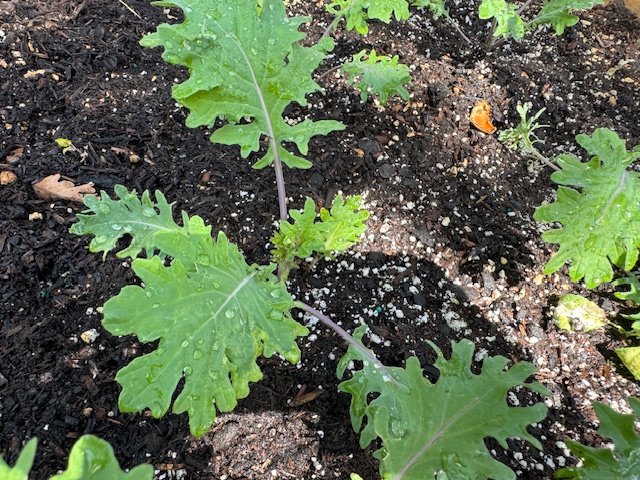
Choosing the Right Variety for Your Zone
Over the years, I’ve trialed many varieties in different seasons. In cooler climates, curly kale like ‘Winterbor’ thrives, while in milder zones, flat-leaf varieties like ‘Lacinato’ (Tuscan kale) resist heat stress better. Baby kale mixes mature quickly and can be grown almost year-round in zones 9–12.
Final Thoughts from My Garden
Matching kale’s planting time to your zone is the easiest way to boost yields and flavor. Whether you’re sowing seeds under snow in Zone 4 or tucking seedlings into fall beds in Zone 9, kale will reward you with a long, nutrient-rich harvest. With the right calendar—and a little planning—you can keep kale on your table almost all year.
🥬 Kale Learning Hub
Start here: The Ultimate Kale Growing Guide: From Seed to Harvest
1. Types and Varieties of Kale
- Different Types of Kale Explained: Curly, Flat, Russian & Tuscan
- Best Kale Varieties for Different Climates
2. Planting and Timing
- Kale Seed Starting Tips
- When to Plant Kale for Fall, Winter, and Spring Harvests
- Succession Planting Kale for a Continuous Harvest
- How to Space and Thin Kale for Maximum Yield
- Zone-by-Zone Kale Planting Calendar
3. Seasonal Growing
- How to Grow Kale in Cold Climates and Overwinter Successfully
- Can You Grow Kale in Summer? Tips for Heat-Stressed Plants
4. Care and Maintenance
- How Much Water Does Kale Need? A Watering Guide
- How to Fertilize Kale for Lush Leaf Growth
- Best Companion Plants for Kale (And What to Avoid)
- How to Prune Kale for Continued Production
5. Container Gardening
6. Pests and Diseases
7. Harvest and Storage
- How to Harvest and Store Kale
- How and When to Harvest Kale Leaves for Best Flavor
- Tips for Extending Kale Harvest Through the Season
8. Kale in the Kitchen


